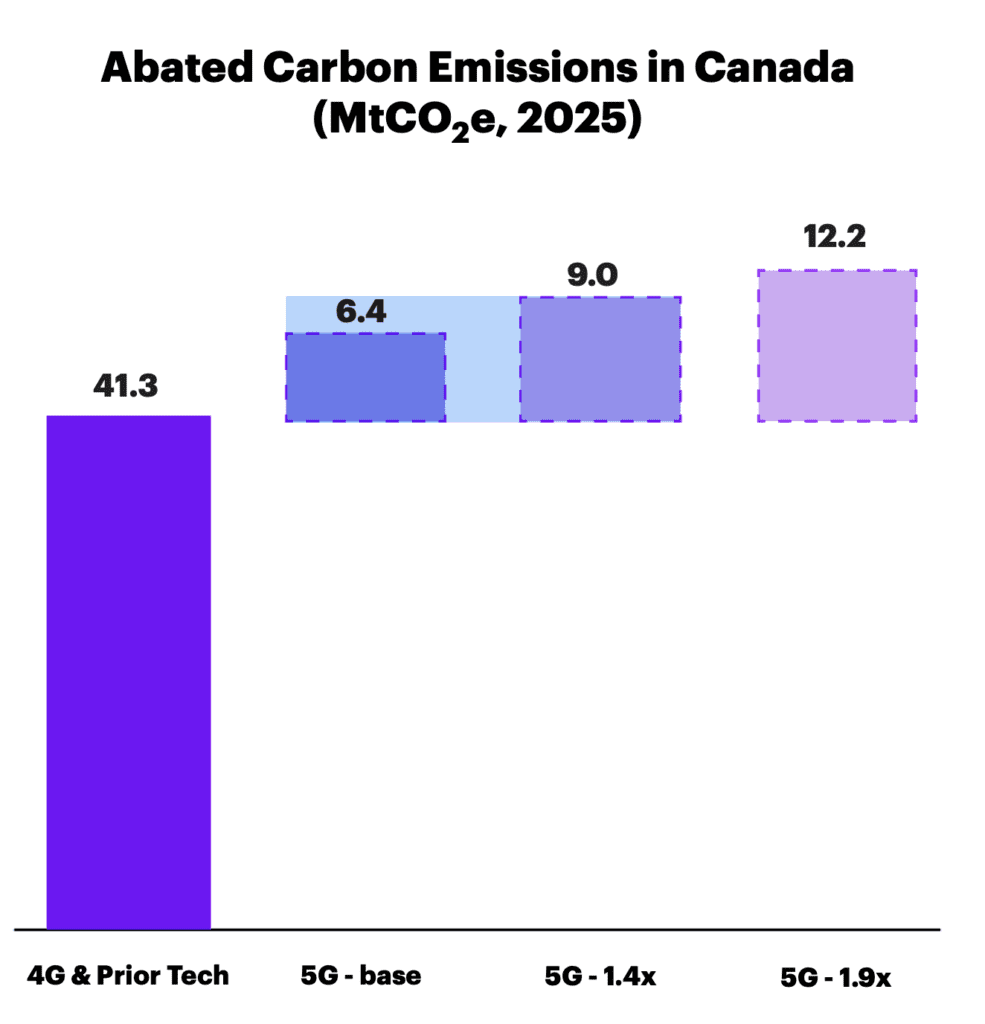Last year, Accenture teamed up with Canadian Wireless Telecommunications Association (CWTA) to explore the sustainability potential of 5G technology. While 5G will require that operators deploy tons of new cell sites and other infrastructure, and therefore, more power, Peters Suh, industry lead for North America at Accenture’s Communications & Media, told RCR Wireless News that 5G efficiencies and the use cases it will enable, will offset this increase in power consumption, making it more sustainable than previous generations of cellular technology.
“How do you rationalize 5G power requirements?” Suh posed. “Well, if you use network function virtualization, software-defined network solutions […] where you’re more dependent on cloud architecture, you’re going to be saving [power] because you’re getting more efficiency. That is one of the big offsets and opportunities.”
Accenture and CWTA compiled their findings into a report that highlights the “abatement effect” of 5G. The latest generation of cellular technology, and the efficiencies it offers, has the potential to provide high-emitting industries with the ability to reduce their own emissions.
“Our baseline models estimate that, by 2025, 4G and prior wireless technologies will generate up to 41.3 MtCO2e [Metric tons of carbon dioxide equivalent] of abatement in Canada across various high-emitting industries. The adoption of 5G will add between 6.4 and 12.2 MtCO2e of additional abatement during this period. This implies 5G can contribute an additional abatement of up to 20% of total wireless technologies enabled abatement, with mobile technologies having the potential to address 23% of Canada’s total 2030 emission reduction target by 2025,” stated the report.

Further, three 5G use case categories have emerged as having the most potential for abatement: Smart working, living and health; smart transportation; and smart buildings.
In his conversation with RCR Wireless News, Suh focused mainly on the smart working use case, suggesting that carbon emissions reduce as more people are enabled to work from home effectively, thanks to advanced wireless technologies.
“If you have faster download speeds, you have more people who can work remotely and efficiently,” he said, “which reduces commutes, and therefore, carbon emissions. Cars contribute 20 million metric tons of CO2. With 5G, you should be able to do full video, uplink, downlink and with most companies moving toward a hybrid work environment, that’s a game changer.”
Suh also shared just how crucial it is for telecom operators to get onboard with reducing the carbon footprint of our networks, revealing that the global communications industry produces twice as large a carbon footprint as the airlines industry.
When asked how operators feel about the heightened focus on sustainability and climate change, Suh said, “We are starting to see more and more of our customers saying I want to hear that story. It has a dual benefit. One is if operators are more efficient, you have lower operating costs, but there is also that sustainability element as well.”

